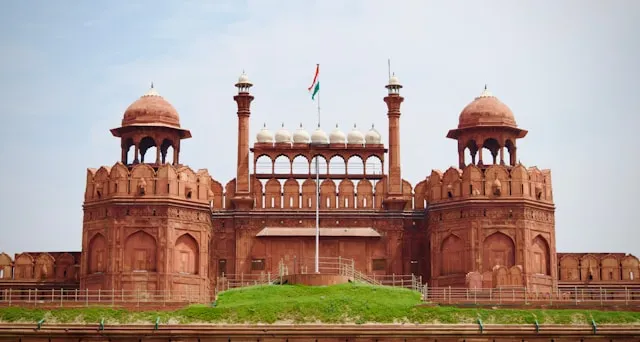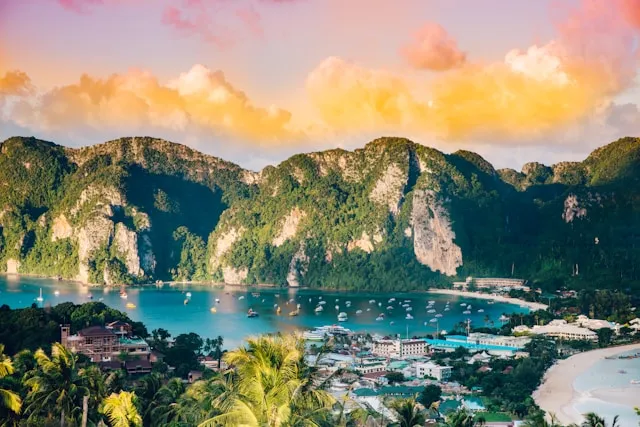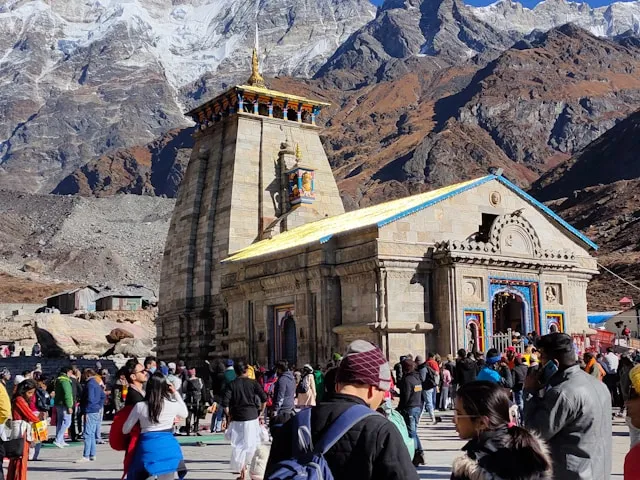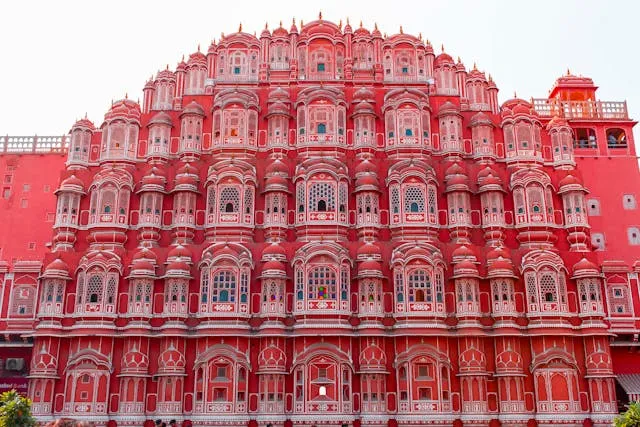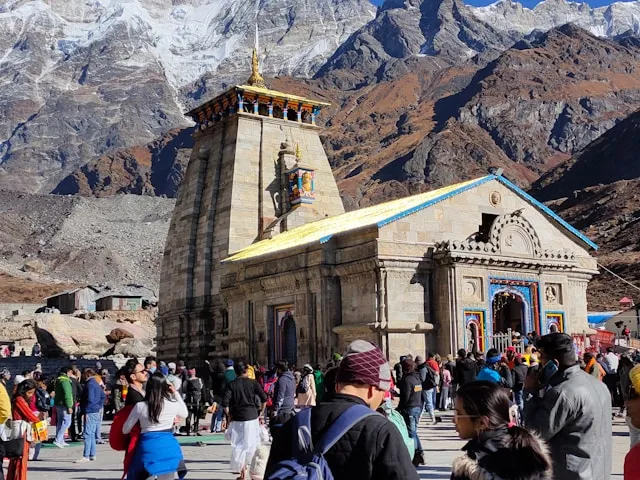Sundarbans Travel Guide
Sundarbans
About Sundarbans Travel Guide
Destination Overview – Sundarbans
The Sundarbans, the world’s largest mangrove forest and a UNESCO World Heritage Site, lies in the delta formed by the Ganges, Brahmaputra, and Meghna rivers. Spanning West Bengal, India, and Bangladesh, the Indian Sundarbans are famous for their dense mangroves, unique biodiversity, and the elusive Royal Bengal Tiger.
This remote and mystic ecosystem offers an offbeat travel experience, perfect for nature lovers, bird watchers, wildlife enthusiasts, and photographers.
Top Attractions & Places to Visit in Sundarbans
Main Attractions:
Sundarbans National Park – Core tiger reserve area, boat safari only
Sajnekhali Watch Tower – Best place to spot wildlife
Dobanki Watch Tower – Elevated canopy walk with forest view
Sudhanyakhali Watch Tower – Most likely spot for tiger sighting
Netidhopani Ruins – Mythical site with temple ruins inside the forest
Bonbibi Temples – Dedicated to forest goddess Bonbibi, protector of villagers
Nearby Villages:
Dayapur, Gosaba, Satjelia – experience rural Bengal lifestyle, local crafts, and eco-tourism lodges.
Best Time to Visit in Sundarbans
Ideal Season: November to March
Avoid: June to September (monsoon, flooded creeks, boat closure)
Special Events:
Sundarban Mela (January) – Cultural celebration in the Gosaba region
Bonbibi Festival (Jan/Feb) – Local drama & rituals honoring the forest deity
How to Reach Sundarbans
Nearest Airport:
Netaji Subhash Chandra Bose International Airport, Kolkata (approx. 100 km)
By Train:
Canning Railway Station (nearest), connected via Sealdah (Kolkata)
By Road:
Drive from Kolkata to Godkhali (via Basanti Highway) – 3 hours
By Water:
From Godkhali, motorboats take you to Sajnekhali, Dayapur, and other Sundarbans entry points (1–2 hrs depending on location)
Accessibility for Differently-Abled Travelers in Sundarbans
Due to its remote riverine terrain, accessibility is limited. Most areas are reachable only by boats, and walkways in watchtowers may not be wheelchair-friendly. Opt for eco-lodges near Godkhali or Gosaba for better access.
Things to Do & Experiences in Sundarbans
Boat Safari in tidal creeks – spot tigers, crocodiles, otters, wild boars
Climb the canopy walk at Dobanki for treetop views
Watch migratory birds and kingfishers at Sajnekhali
Visit local villages and experience mud home stays
Enjoy folk performances – Bonbibi Jatra, Baul songs
Photography tour of wetlands, forests, wildlife
Learn about mangrove ecology from forest guides
Accommodation Options in Sundarbans
Eco Resorts: Sunderban Tiger Camp (Dayapur), Sajnekhali Tourist Lodge (WBTDC), Royal Sundarban Resort
Homestays & Eco-Cottages: Gosaba and Bali Island
Budget Hotels: Godkhali and Canning towns (for day trips)
Note: Book all-inclusive packages that cover stay, boat, permits, and meals.
Local Cuisine & Dining in Sundarbans
Expect rustic Bengali cuisine with fresh river fish, rice, lentils, and veggies. Most meals are included in packages.
Must Try:
Shorshe Ilish (Hilsa), Chingri Malai Curry (Prawns), Crab Masala, Aloo Posto, Panta Bhaat
Note: Vegetarian options are available but limited in remote islands.
Travel Tips & Safety in Sundarbans
All safaris are by motorized boat only – no jeep safaris
Permits required for national park entry (arranged by tour operators)
Do not get off the boat in core forest areas
Carry insect repellent, light cottons, and waterproof bags
Mobile signal is patchy – Airtel and BSNL work partially
Avoid plastics – this is an eco-sensitive zone
Always listen to the boatman and local guide for safety
Weather & Packing Suggestions in Sundarbans
Winter (Nov–Feb): Pleasant, dry – carry light jackets
Summer (Mar–May): Hot and humid – wear light cottons
Monsoon (Jun–Sep): Avoid – heavy rain, flood-prone
Essentials: Sunscreen, binoculars, camera, torch, waterproof bags, ID cards
Currency Exchange & Banking Facilities
Carry sufficient cash in INR. Very few ATMs exist in Gosaba. No currency exchange in Sundarbans – do it in Kolkata.
SIM Card & Internet Connectivity
BSNL and Airtel may work intermittently in major villages. No internet in forest zones. Eco-resorts may offer basic Wi-Fi or offline activities.
Itinerary Suggestions for Sundarbans Trip
2-Day Itinerary:
Day 1 – Arrive Godkhali → Sajnekhali → Sudhanyakhali → Night stay
Day 2 – Dobanki → Local village tour → Return to Godkhali/Kolkata
3-Day Itinerary:
Day 1 – Forest safari (Netidhopani) + Sudhanyakhali
Day 2 – Dobanki + Canopy walk + Bird watching
Day 3 – Cultural village tour + return
Shopping & Souvenirs in Sundarbans
Handicrafts made from jute, wood, and coconut shells
Sundarban honey and herbal soaps
Tribal dolls and Bonbibi figurines
Buy from self-help groups or local village markets
Cultural & Historical Background
Sundarbans derives its name from the Sundari trees. It's a sacred land protected by Bonbibi, worshipped by both Hindus and Muslims. Historically, it has been a buffer against cyclones and invaders, while today it faces threats from climate change and rising sea levels.
The region’s culture reflects harmony between nature and faith.
Best Transport Options in Sundarbans
Boats: The primary and safest way to explore
Cycle vans & rickshaws: Within larger islands/villages
Motorboats: Available on package basis or local hire
Pre-book boats during peak season
Nearest Railway Station to Sundarbans
Canning Railway Station – 48 km from Kolkata
From Canning, take auto/taxi to Godkhali ferry ghat (~45 min)
FAQs About Sundarbans Tour
Can I spot tigers easily in Sundarbans?
Not guaranteed – they are elusive. But fresh pugmarks and water sightings are common.
Is it safe to stay overnight?
Yes. Tourists stay in designated eco-lodges and islands, away from core forest.
Can kids go on a Sundarbans safari?
Yes. It’s safe but requires patience. Keep children supervised.
What permits are needed?
Forest department permits for boat entry and camera fees. Tour operators arrange them.
Are mosquitoes a problem?
Yes. Carry repellent and wear long-sleeved clothes in the evening.
Sustainability & Responsible Tourism
Do not throw anything into rivers or creeks
Avoid plastic and chemical-based sunscreens
Maintain silence during safaris to avoid disturbing wildlife
Support local crafts and eco-stays
Respect tribal customs and Bonbibi worship practices
Need a Sundarbans Travel Guide Customized Itinerary?
Let us create your perfect Sundarbans Travel Guide journey

Gallery
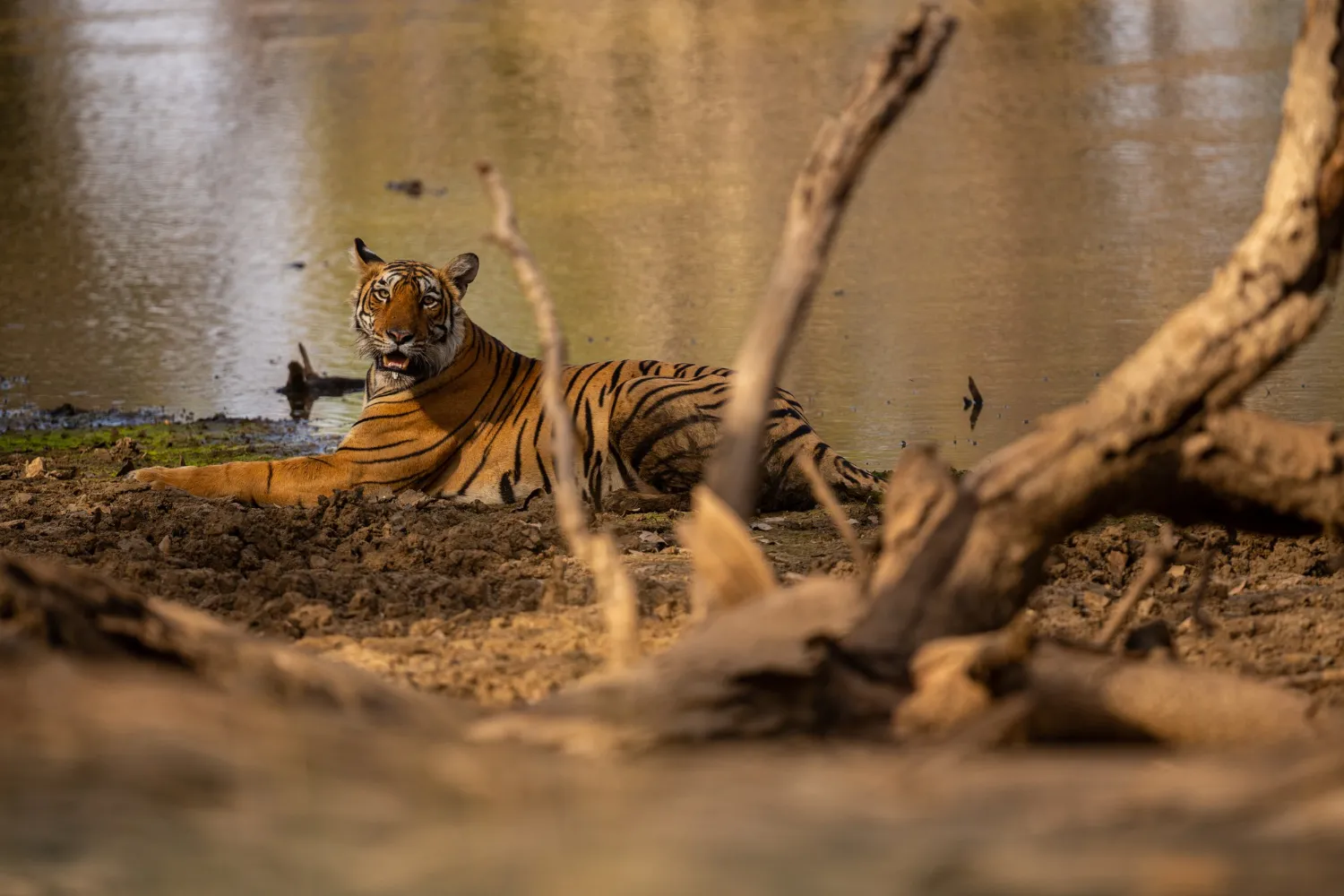
Weather
Location Map
Sundarbans
Latest Blog Posts
Latest News: Sundarbans Tourism | Sundarbans Travel Guide 2025 | Explore Mangrove Forest & Wildlife Safari
What Our Travelers Say
Real experiences from our valued customers
"A great trip to the Vaishno Devi temple. The arrangements were comfortable, and the spiritual energy was absolutely rejuvenating."
Meena Gupta (Hyderabad, India)
"The Char Dham package was spiritually fulfilling. Every detail was well planned. A once-in-a-lifetime experience!"
Neelam Agarwal (Delhi, India)
"Nepal’s natural beauty and sacred temples made this trip unforgettable. The team handled everything perfectly, and we felt well taken care of throughout."
Ashok Yadav (Patna, India)
"I traveled to India for the first time, and the pilgrimage to the Golden Temple was breathtaking. A beautifully organized trip!"
John Matthews (London, UK)
"Had a profound spiritual experience in Puri Jagannath. The arrangements were perfect, making the pilgrimage peaceful."
Anna Peterson (Stockholm, Sweden)
"Kedarnath was simply breathtaking. A beautiful, well-organized journey. It exceeded all my expectations."

